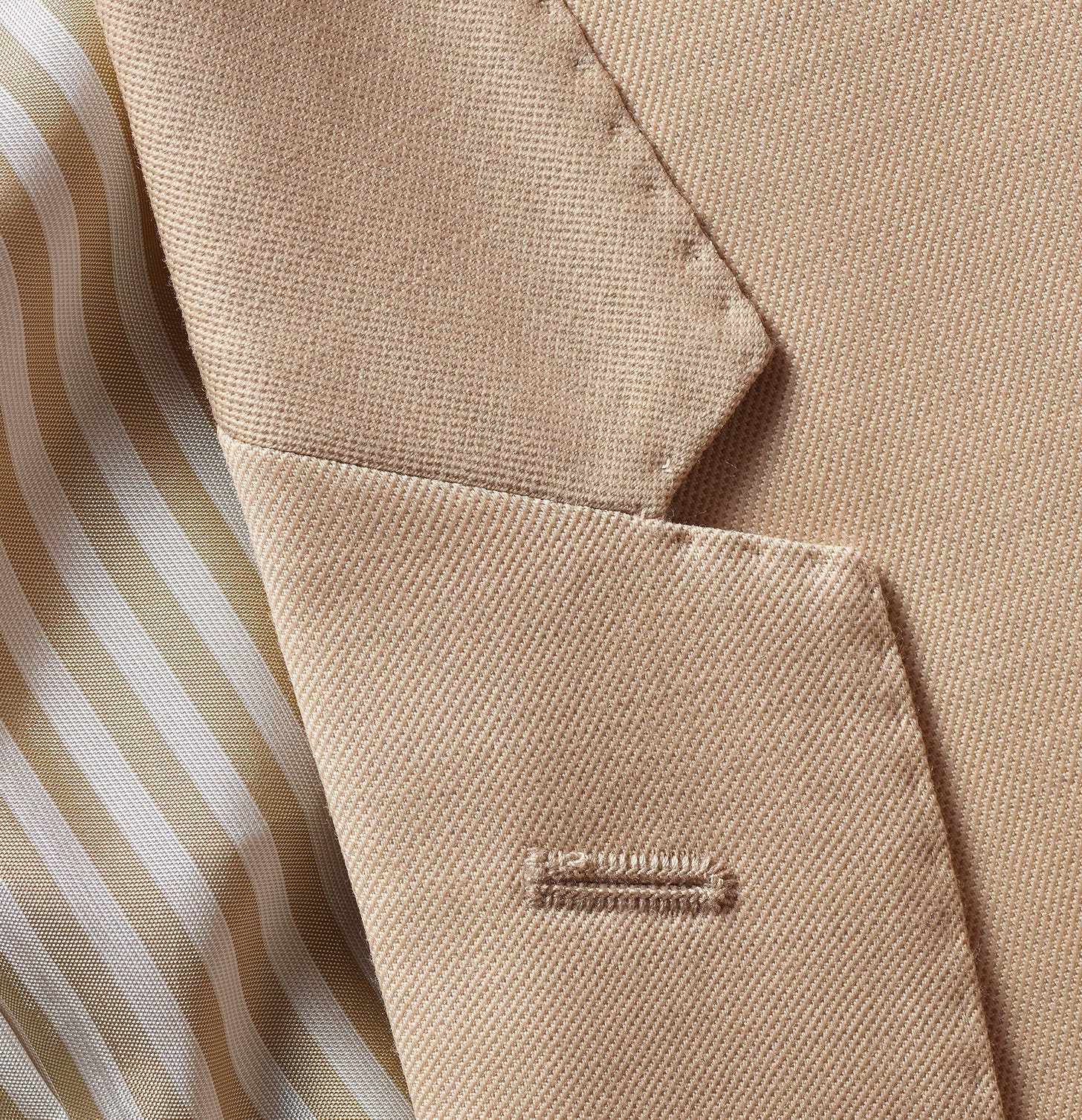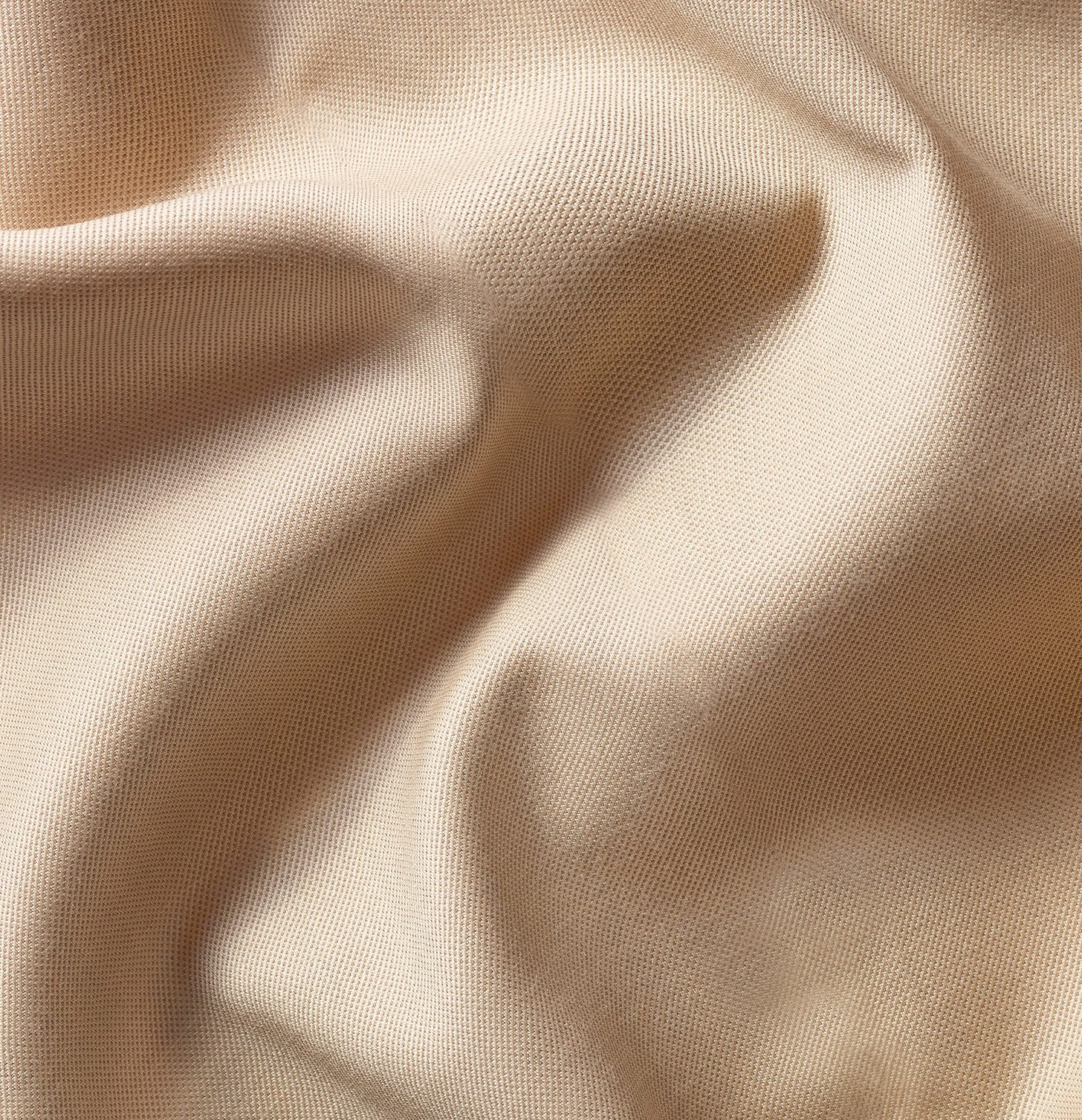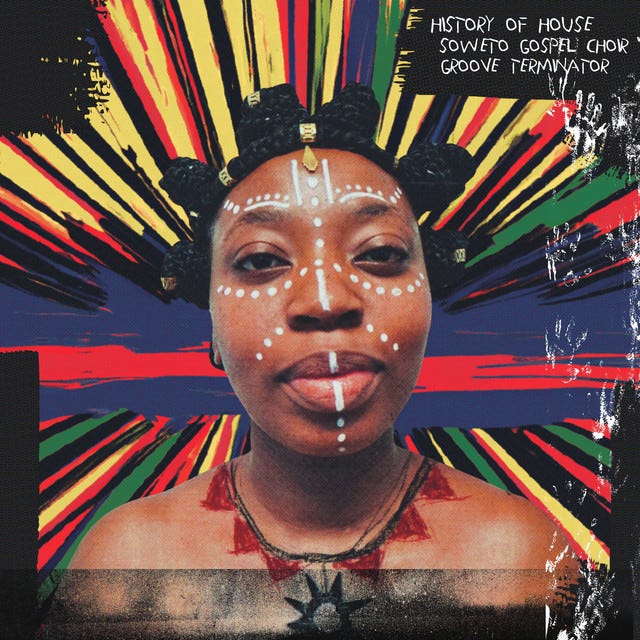Only a couple of late summer weddings stand between me and coasting into the season of shorter days and the mixed anticipation of the holidays.
For one of the wedding parties, the groomsmen were asked to acquire these tan suits from The Black Tux. Nothing wrong with a bride who wants her groomsmen to all match and I’m always happy to oblige on a ‘no questions asked’ basis.
The Black Tux saved the abysmal menswear wedding attire market in 2013 (and now presumably also saves prom for high schoolers in some markets). For my own black tie wedding in 2017, I recommended The Black Tux to anyone who didn’t want to outright purchase a tuxedo, and would still recommend them on that basis. I was curious how their non-tuxedo options are stacking up in today’s changed (more sophisticated) menswear market. So given the choice of renting or buying their “Tan Suit,” I decided to buy it (for science, and for #content of course). It turned out to be an interesting walk down memory lane.

//
I. Weigh(t)ed and Measured
Even if you don’t wear tailoring, this might be worth your reading time if you’re interested in notions of craftsmanship, quality and design. Now that I have acquired, for the very dubious price of $475 pre-tax, The Black Tux’s ‘Tan Suit,’ here are my takeaways.
First, it makes sense that The Black Tux offers such a suit. Lighter colored suits are (i) usually the workhorses of unassuming groomsmen (where they will look cleaned up as part of a summer wedding, but can never hope to look better than the groom) or (ii) a welcome refinement for those most of basic grooms, whom their brides are trying to sufficiently summer-ify or beach-ify. Properly executed, this is the kind of suit you could wear for a ceremony near the water, a nice dinner on holiday, or for when the mercury is at all time highs.
Design-wise then, you could reasonably expect this suit to be designed as light, airy and breathable. Maybe in linen or cotton and mostly unlined. These would be indicators (to me at least) that it was made ‘fit for purpose.’ And this was my first warning sign from this Tan Suit’s makers. Here’s their description:
Did you spot what’s wrong here? We’re “lightening up” in color only and not in make.
It’s made of wool. The opposite of what I’d be selecting if I was having a warm weather suit made (and don’t talk to me about tropical wools—they aren’t less hot than actual warm weather fabrics like linen or cotton). I suppose wool is less prone to wrinkling than other summer fabrics and the business model of The Black Tux is to mail this to you as a rental. Fine.
But why, why, why is this suit fully canvassed? This might be to make the suit drape as well as possible for the majority of renters who are going to be wearing it in off-the-rack sizes, but I instead suspect it’s actually designed to punish the wearer. For photos, there will be sweat. What else could they intend when they are marketing this, to people who have no reason to know better, as their go-to suit for warm weather?
I’m probably going to bring two handkerchiefs for successive dabbing to get me through this (forecasted highs are 88 degrees F, or 31 C, so once one kerchief is soaked you swap it out for the auxiliary one). The suit wears hot and heavy, even for the handful of times I’ve tried it on briefly to ensure proper fit. At least the trouser lining stops around mid-thigh, although that same lining is in a cheery tan butcher stripe and can be seen from the outside through the trouser fabric. I expect this liner to really start to show up as I sweat through this thing.
II. The Details
I had a fairly accurate guess of what I was in for when I opted to buy this suit instead of renting it. The hope was that a sub-$500 price point meant they spent the money on the right details.
In person, the suit is okay in terms of those details and it’s leagues better than the glued together ‘buy one, get five’ options you can still find at other retailers (I’ve also been in a wedding party where they opted for the latter in order to achieve uniform groomsmen). It has non-functioning buttons on the cuffs (SuitSupply has spoiled us here), but seems to have high-enough quality machine stitching on the lapels and other places (where people and photos are more likely to focus). The higher cut armholes and the way the sleeve is attached to the main body of the jacket is also not bad (until you start moving around, as I note below). So for $475 (a price surely achieved by the volume of production), I don’t necessarily feel ripped off, but I also don’t feel like I’m seeing tremendous value compared to the competition. This same money would go a lot further at SuitSupply, Brooks Brothers (on sale) or eBay, and if you can come up with that sum again you are within striking distance of having something made by J Mueser or any number of made to order tailors. How far we’ve come in just ten years.
When this suit was introduced in 2016, there were only a few other makers achieving something with this level of quality at a sub $500 price point. I’m thinking J. Crew and SuitSupply might have been the only ones that a majority of Americans would have had access to in the Obama years.
The open weave fabric also looks fairly good in person. Not crazy about the lining as noted above and because it really shouldn’t have more than a quarter lining to begin with.
III. The Highs and Lows of Fit
And this brings us to the suit’s designer, Ovadia & Sons. The designers behind the brand, two brothers, were finalists in CFDA/Vogue’s Fashion Fund and were dubbed by GQ in 2011 as the “Best New Designers in America.” As A Continuous Lean framed things, these brothers went from “upstart to all-stars.” For the Black Tux back in 2016, there was probably no better brand to trumpet as having designed your tan suit (Jay Z was a fan, and they also collaborated with Levi’s). Ovadia & Sons has since disappeared (the best launch in the world is no guarantee of success in the brutal clothing business, and COVID seems to have played a factor), but this collaboration remains as a curious remnant of the delirious menswear highs of the 2010s (when a Pitti Peacock could launch a thousand imitation cobalt blue sport coats with one photograph).
Through the lens of now, the suit still fits appreciably well, with only the lapel width and jacket length really dating this to the 2010s. The ‘Classic’ option for trousers have a nice, fuller fit with the right amount of taper, and can be worn higher/in the correct place on the waist (no low rise happening here). On the jacket, (i) the lapels are a bit too thin, and (ii) the overall length, while not committing the sin of being comically short, does not permit a lot of movement before it starts sitting oddly on the torso (causing some bunching by the neck and the sleeves to ride up). The jacket really moves all as a unit on the body, rather than permitting a lot of natural movement. It is comfortably looser than the dramatically shrunken suit fits of Thom Browne and Tom Ford, but still unmistakably hailing from the pre-relaxed/classical fits we’ve been enjoying in the 2020s.
This is all no problem at all, as the jacket can be instantly updated by leaving it on a chair once the dancing starts. The trousers pair nicely with a white OCBD by Luca Avitabile, which I will surely also be sweating clean through.
IV. The Point
All of this is in good fun, as it can sometimes be irresistible to delve too deeply into something that is just supposed to be basic. The Black Tux didn’t ask for this and isn’t trying to be something it’s not. The results would be much worse if this option were to disappear from the wedding attire marketplace entirely (we can’t go back to ‘buy one, get five’).
So cheers to the happy couple, who can blissfully not concern themselves with any of this. Good groomsman-ship requires acquiting oneself to the role of the proper plebeian for the whole process—it’s not about you. And as I like to remind people getting married, no one has ever wanted to go back and look at photos of their wedding party—your bridesmaids and groomsmen could be wearing flour sacks and you’d hardly know it from looking at the finished wedding album (the cake, and even the bride’s shoes, rightfully get a higher billing than the wedding party from photographers).
For this wedding, the groom will be properly attired. His suit, in which I had a light hand as a consultant, is all linen with minimal lining. He will kept appreciably cool, so we have our priorities handled. Let the tan suit whole hog roast (at least in my case) commence.
Internet Bycatch
Sic semper dracones, or, you know, “thus always to dragons.” Anyway, here are internet links.

Soweto Gospel Choir’s new album with Groove Terminator, History of House, is on track to be my favorite of the year.
The album features dance classics reworked with lyrics in Zulu. I’ve linked two of my favorites here—a cover of Christopher Cross’ Ride Like the Wind that erases the original for its excellence, and World Hold On, which I think will be the one from the album people start running into out in the wild (if at all). Perfect for fall playlists.
Rest in peace Ted Baker. I was a customer occasionally, but the former hosts of Top Gear and mid-life crisis havers will presumably need to buy on the secondhand market or go topless (or contrast cuffless) now.
Every year I start thinking my kids might finally be old enough to make a trip to Big Sur more relaxing than it is punishing. Highway 1’s recent instability complicates the picture. The New Yorker with an authoritative look at what’s going on with the world’s greatest drive.
I didn’t know I wanted this, but you can buy sections of new/unused casino carpet. For when you need Dan Flashes, but on your floors. I wanted to link to a scholarly paper here backing up the oft-repeated speculation that busy carpet patterns encourage gambling, but this seems to be more something people say and less something people have spent time and money proving. I thought such designs would be perfect for stimulating our children and hiding their messes. Mrs. Sub Pro did not agree, but was polite about it. My loss is your gain (?).
Viggo Mortensen is in another Western, and this one is also about Brazil. Maybe the future of financially viable film (and television) will be with the weird, the small scale and the unconventional. We needn’t miss the monoculture, as it wasn’t so great.












